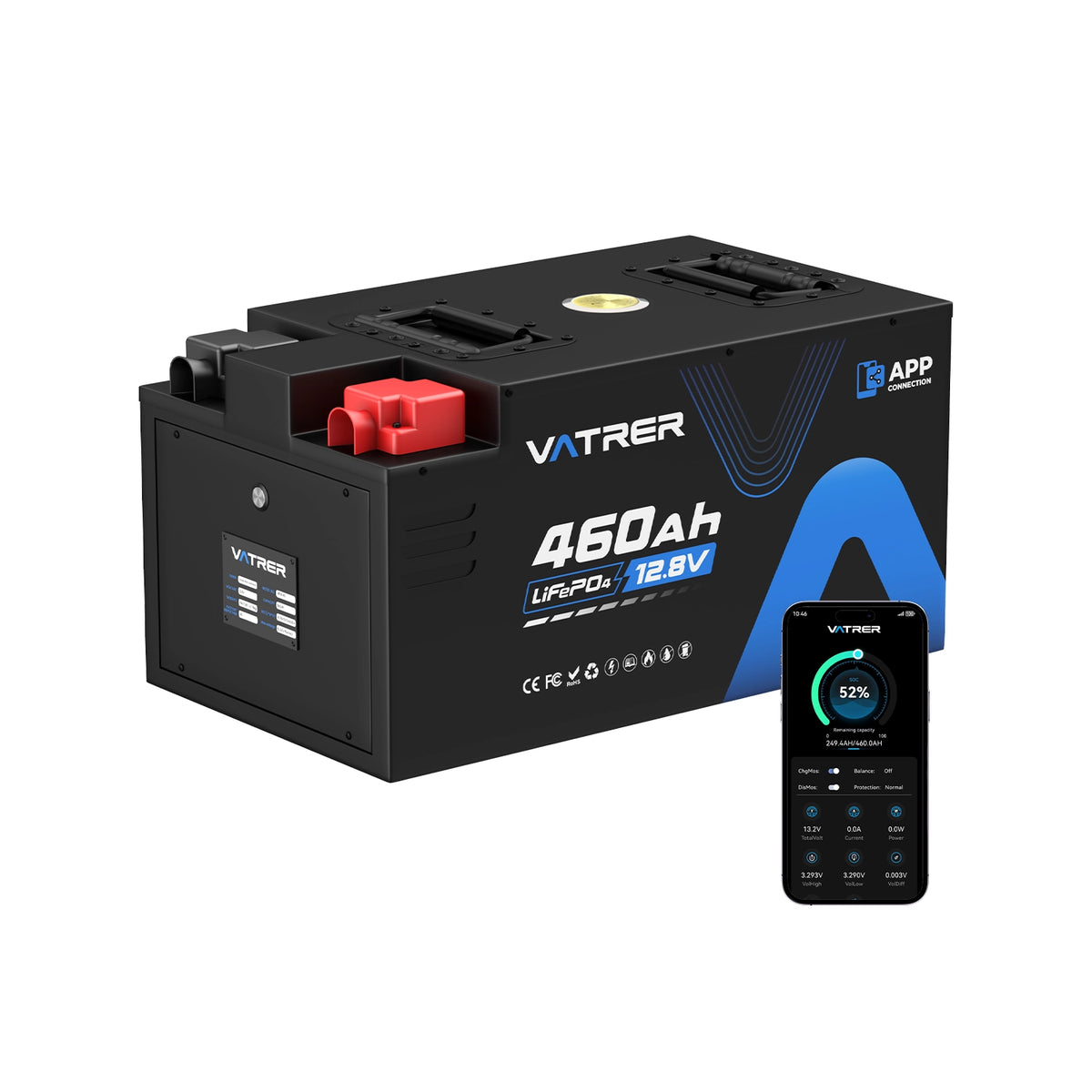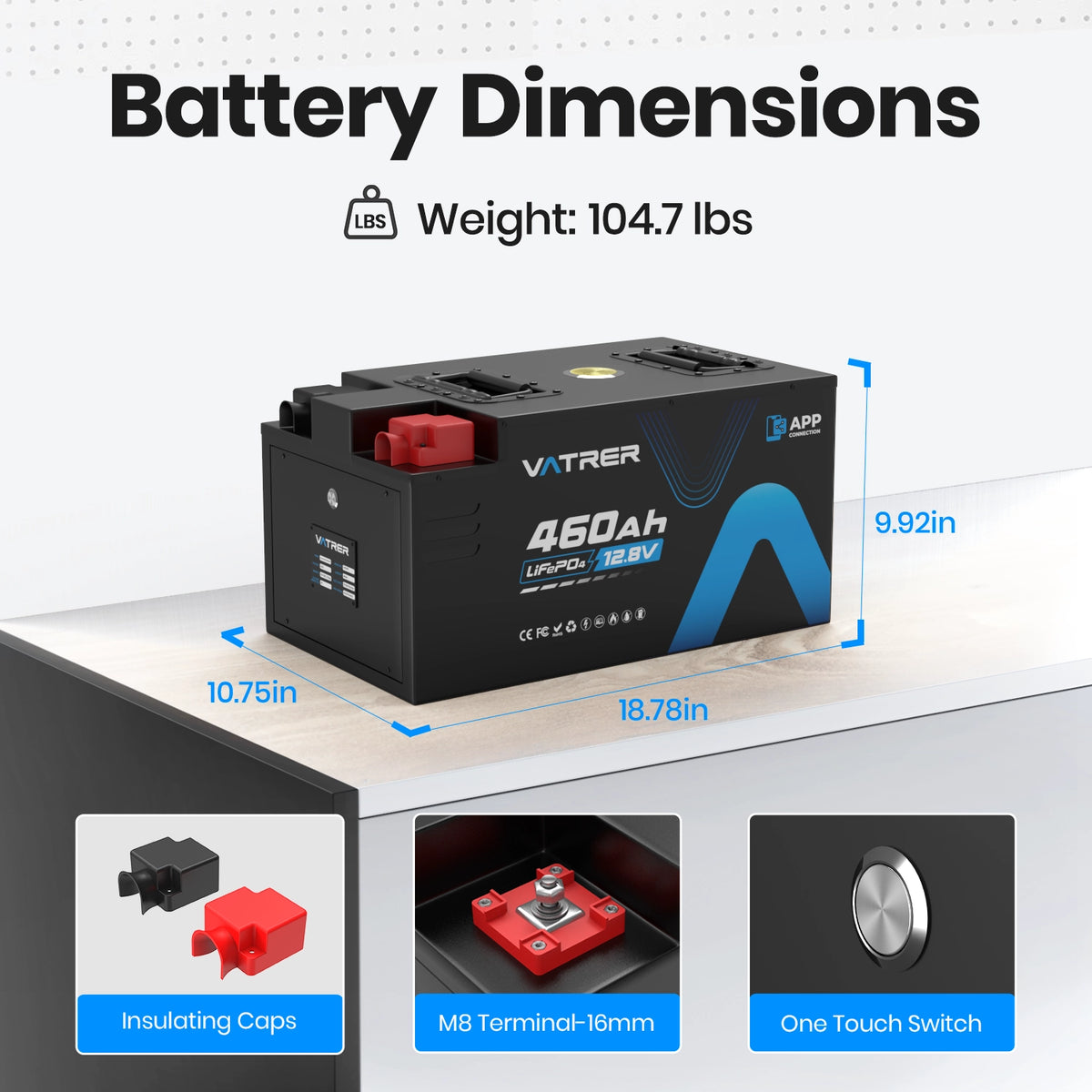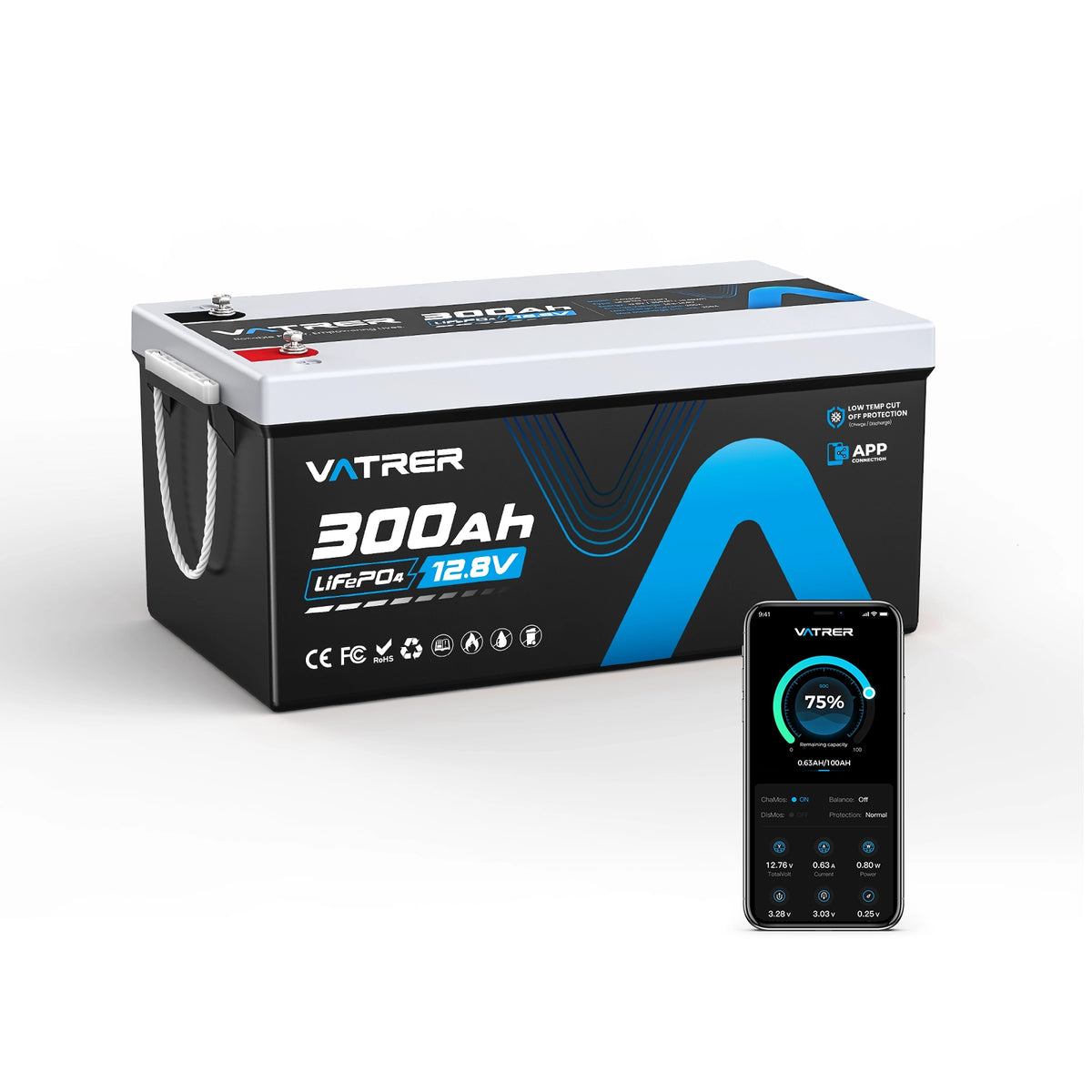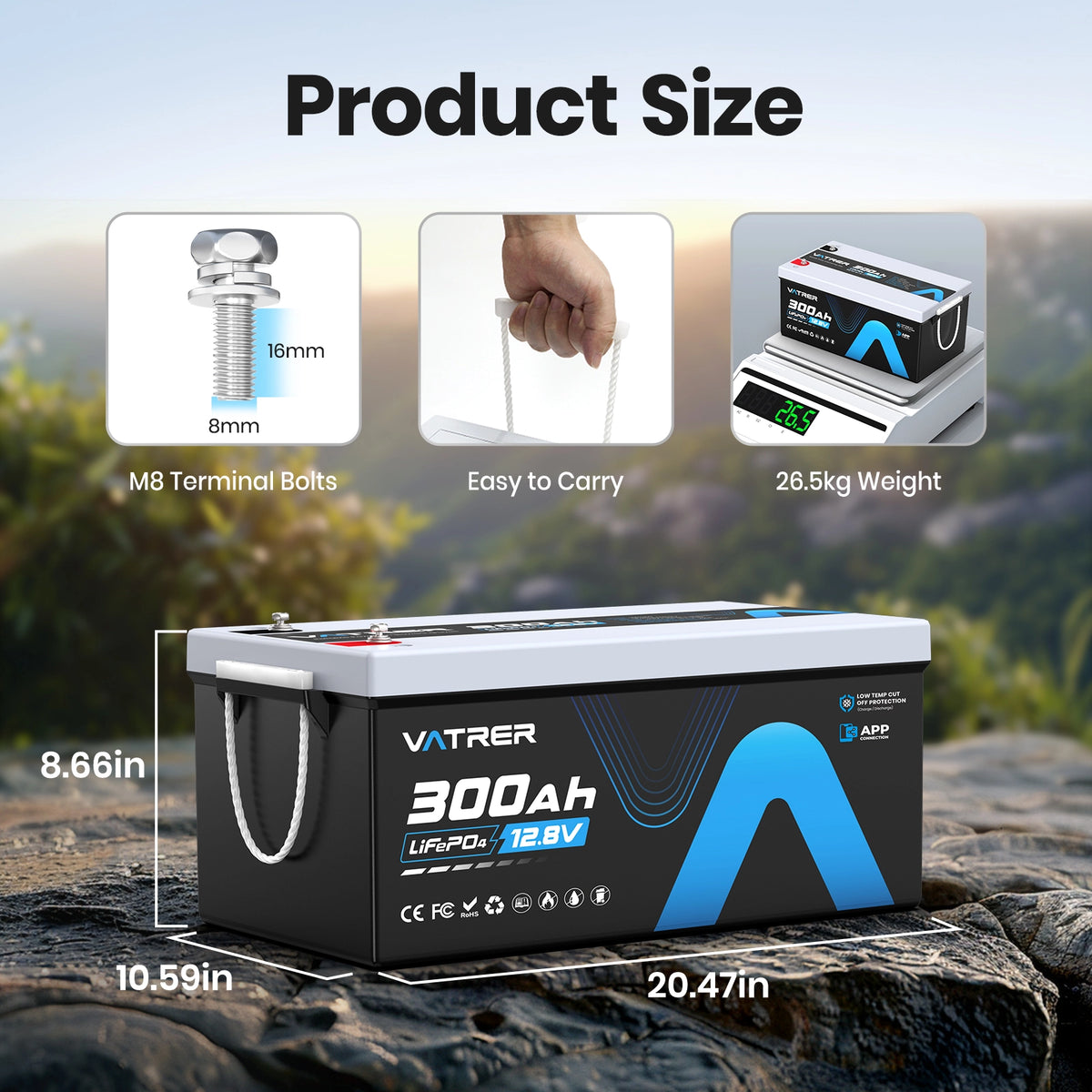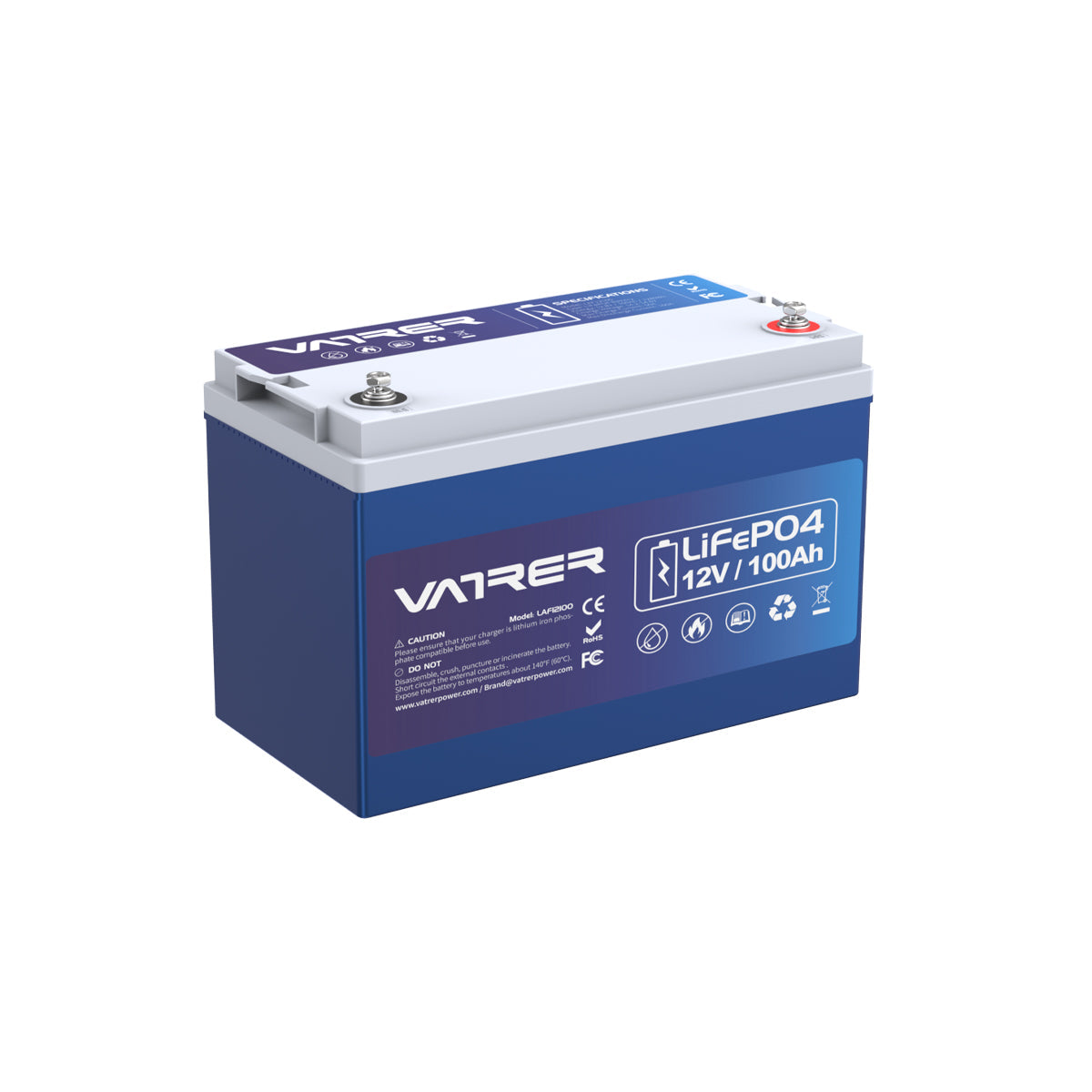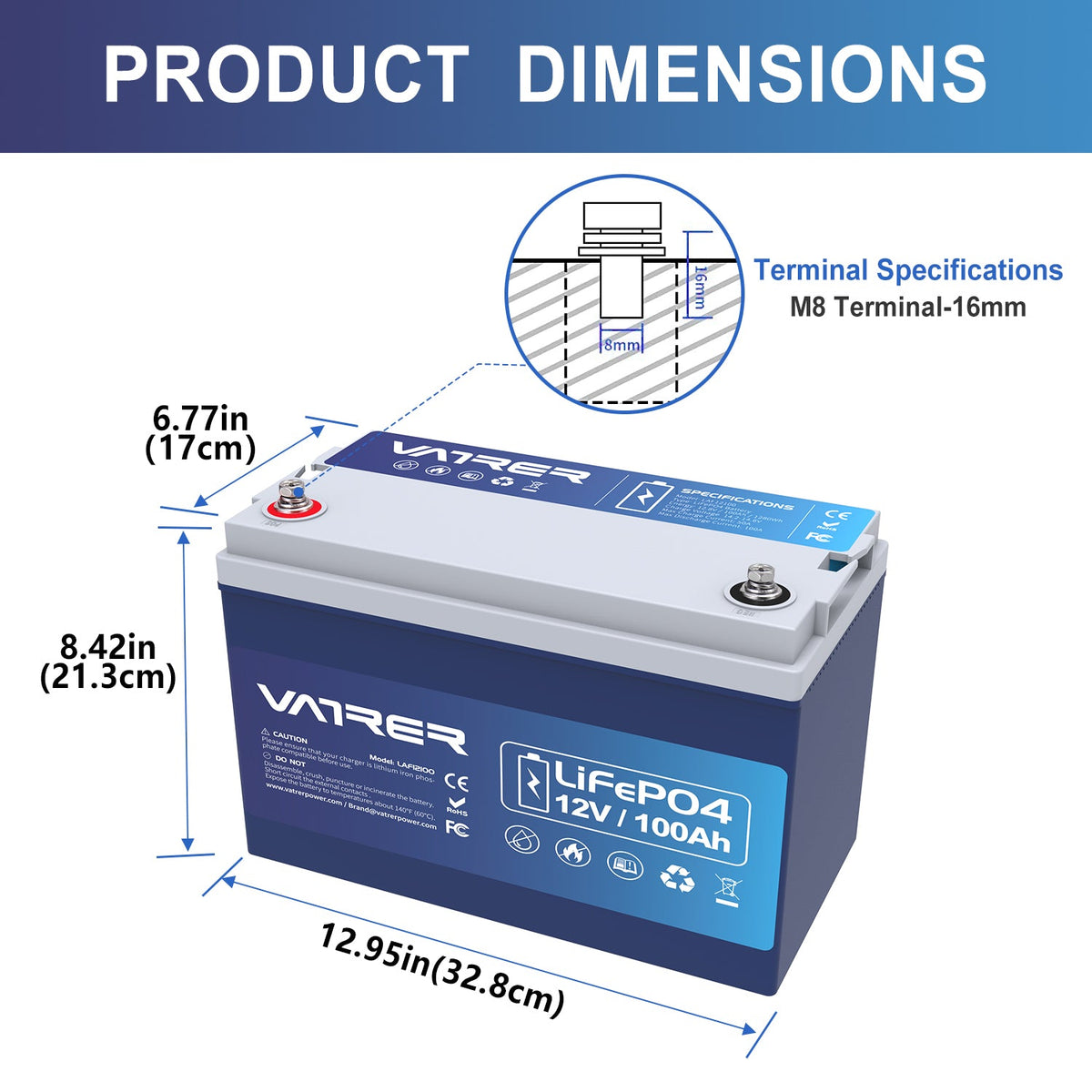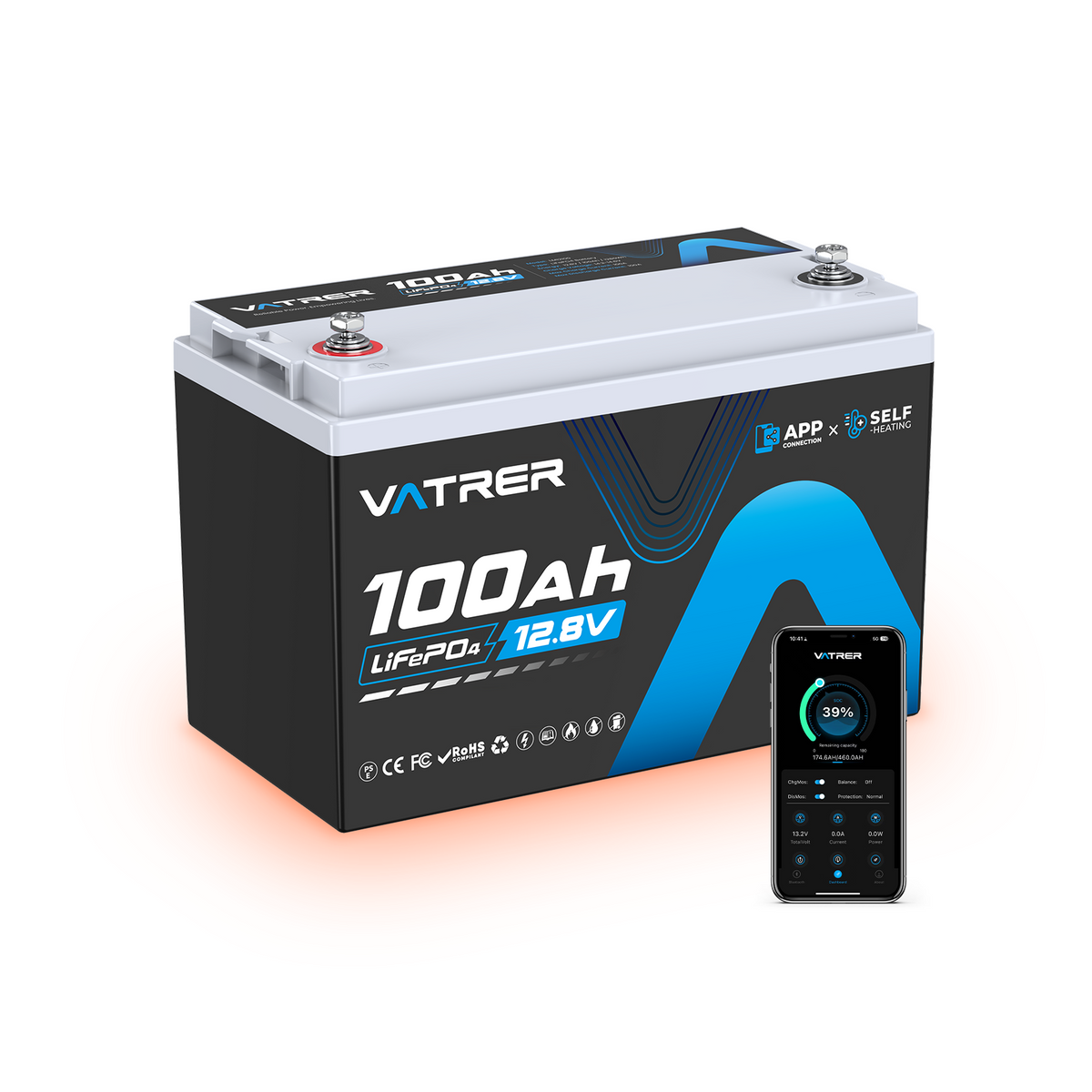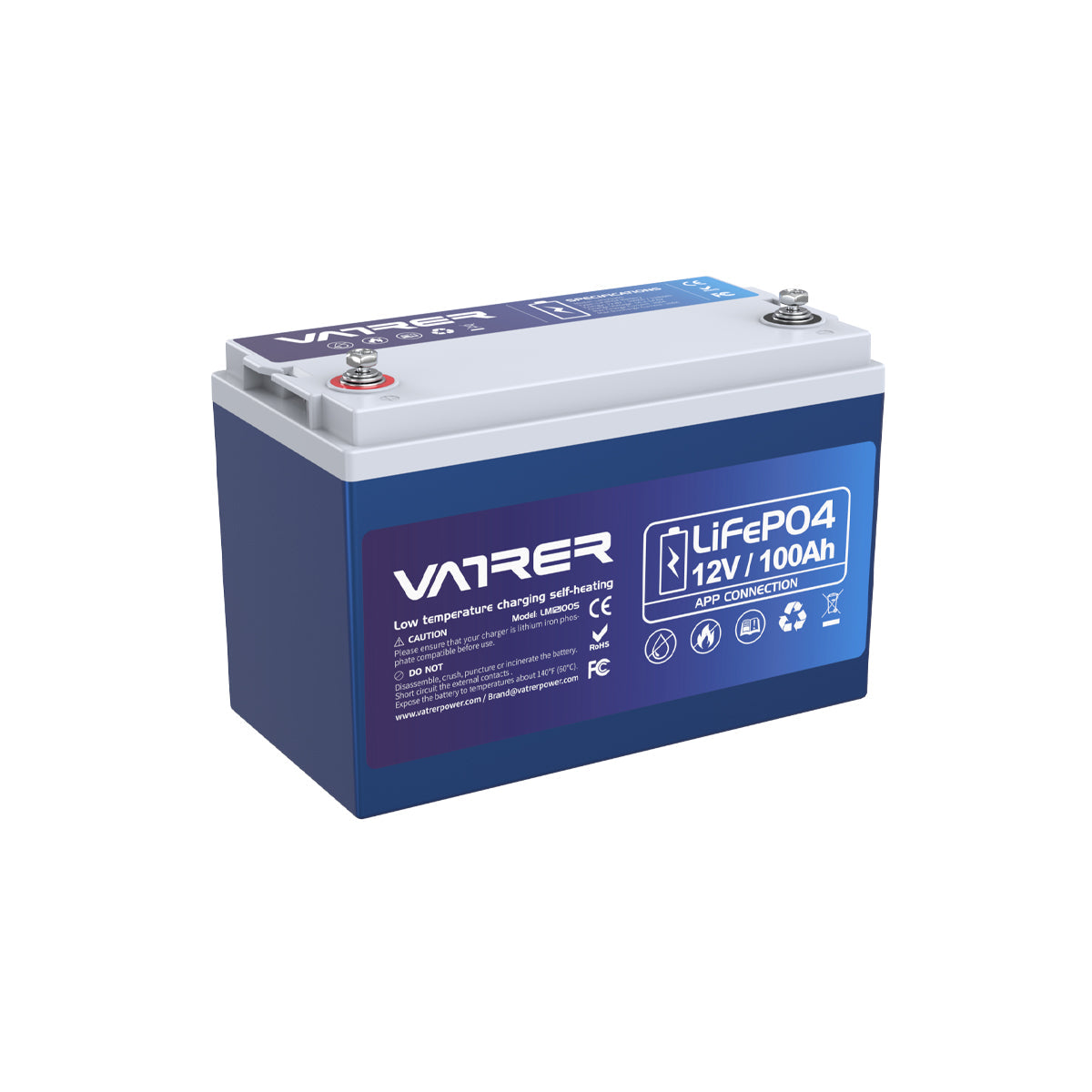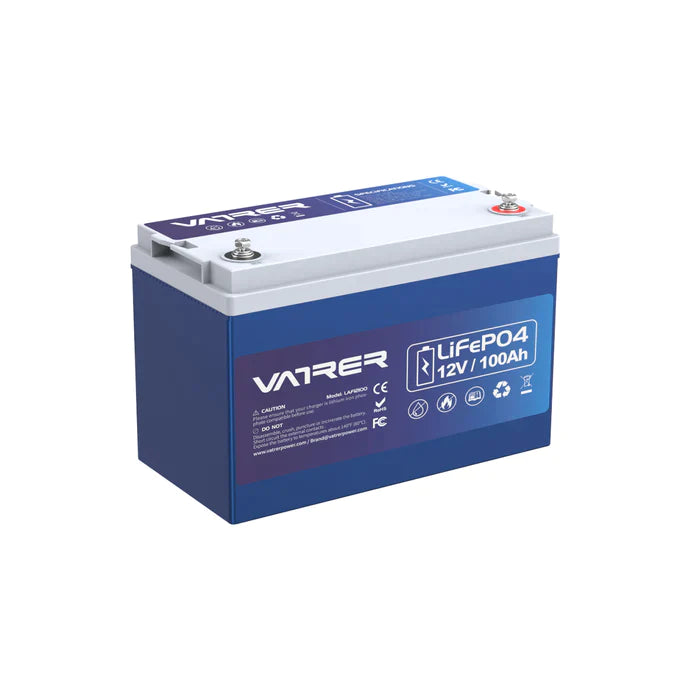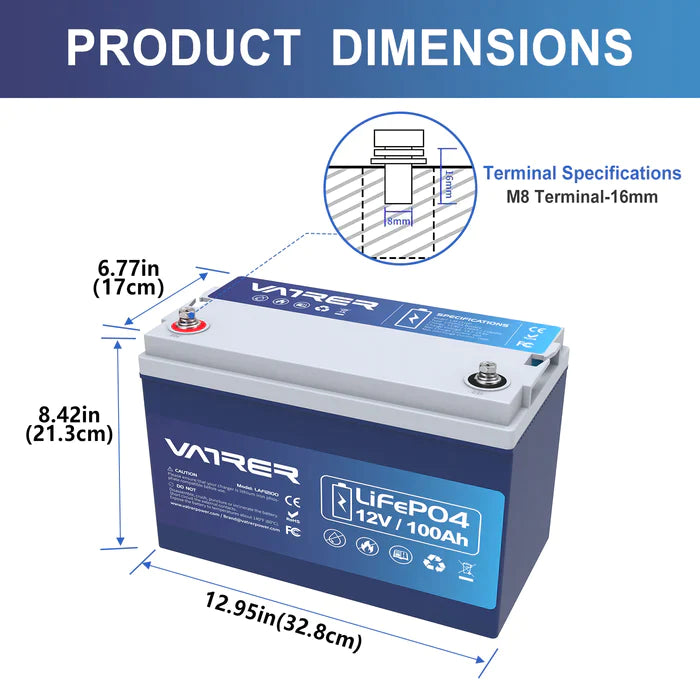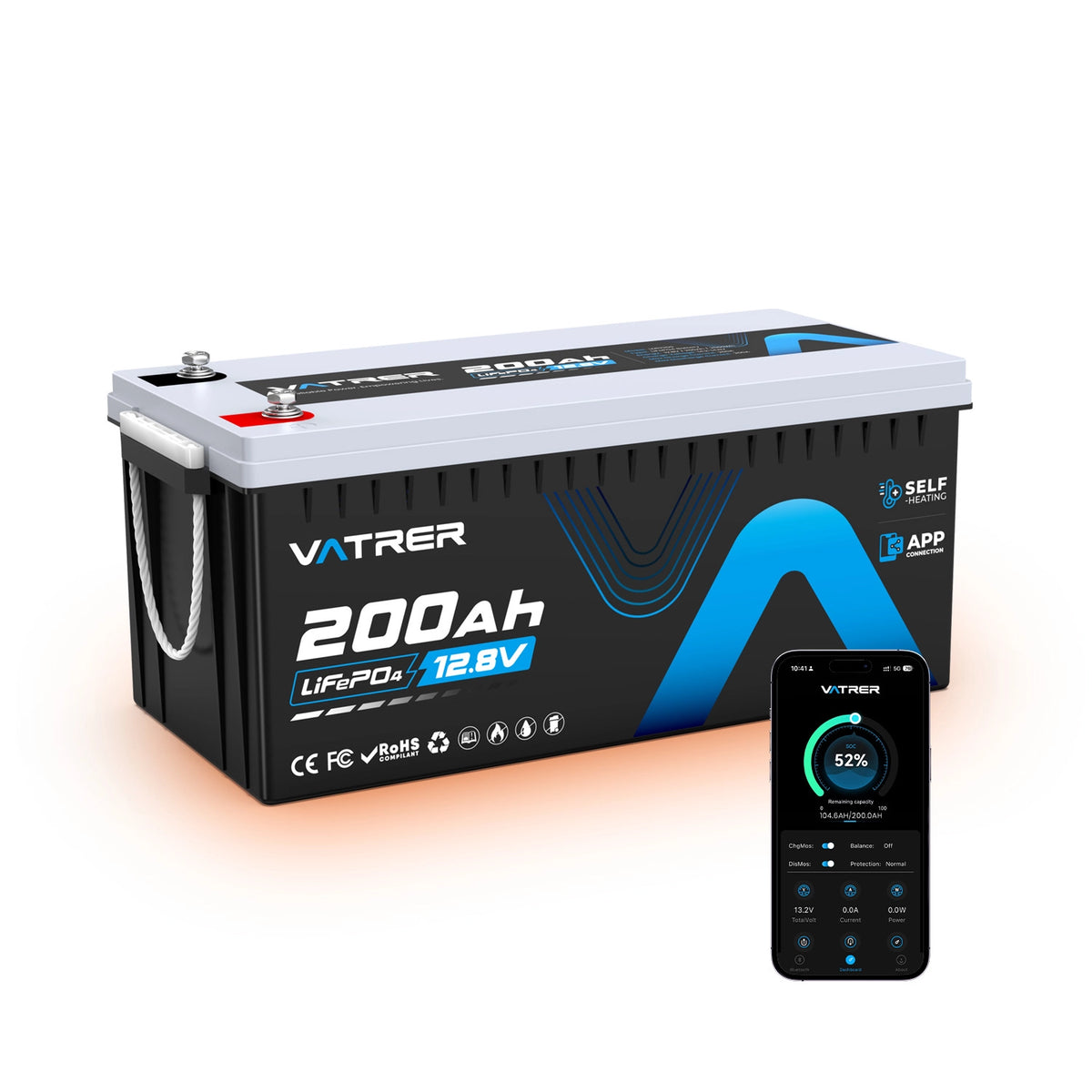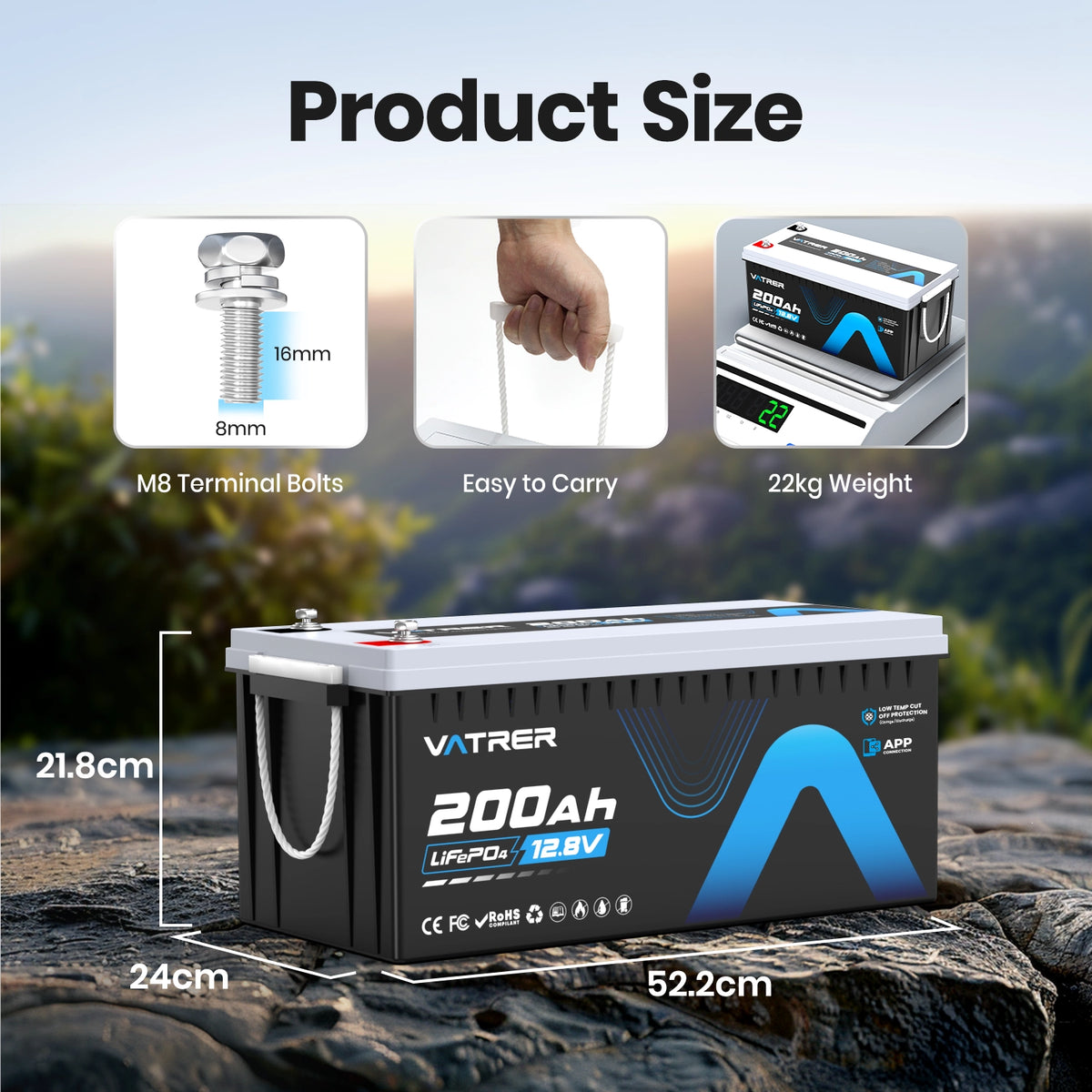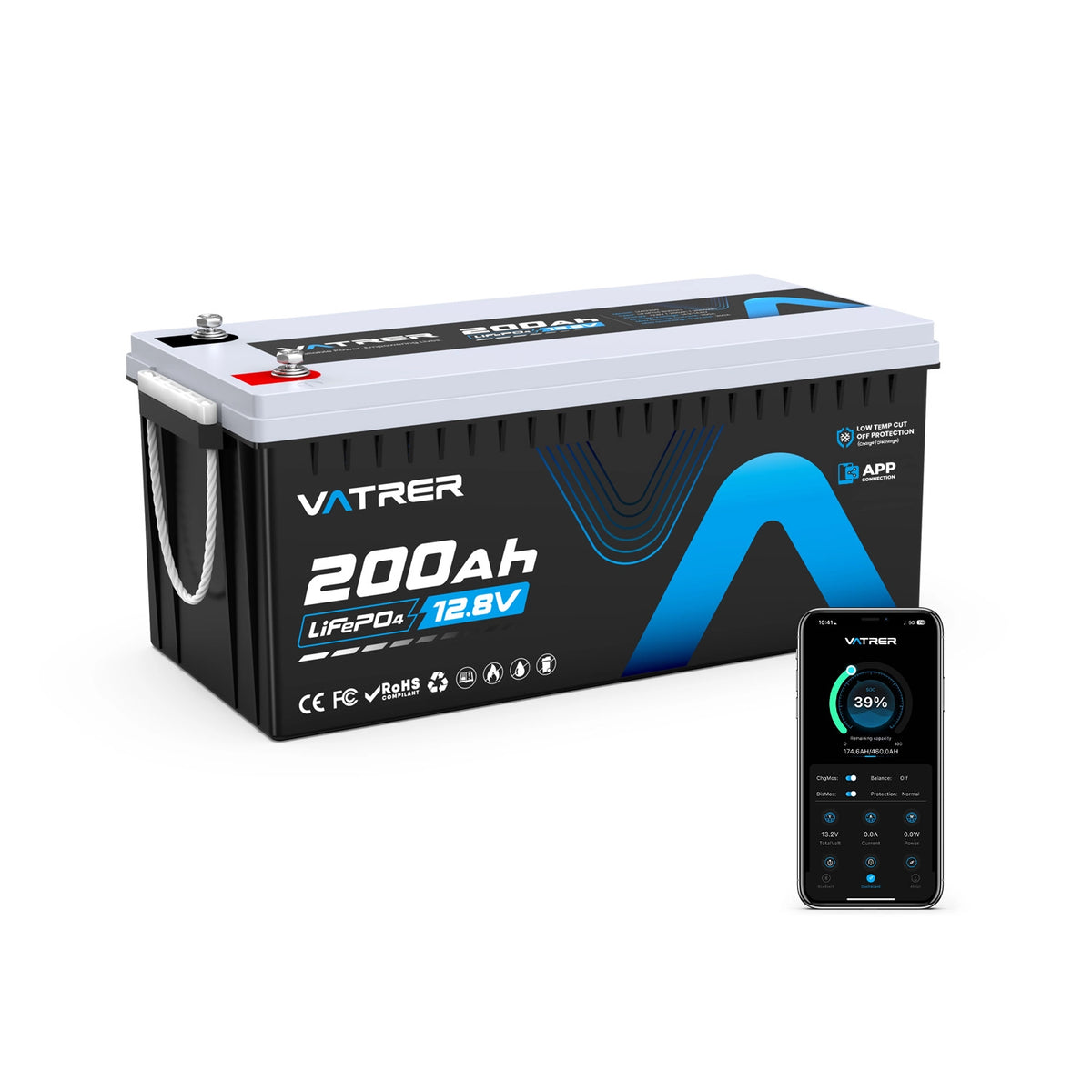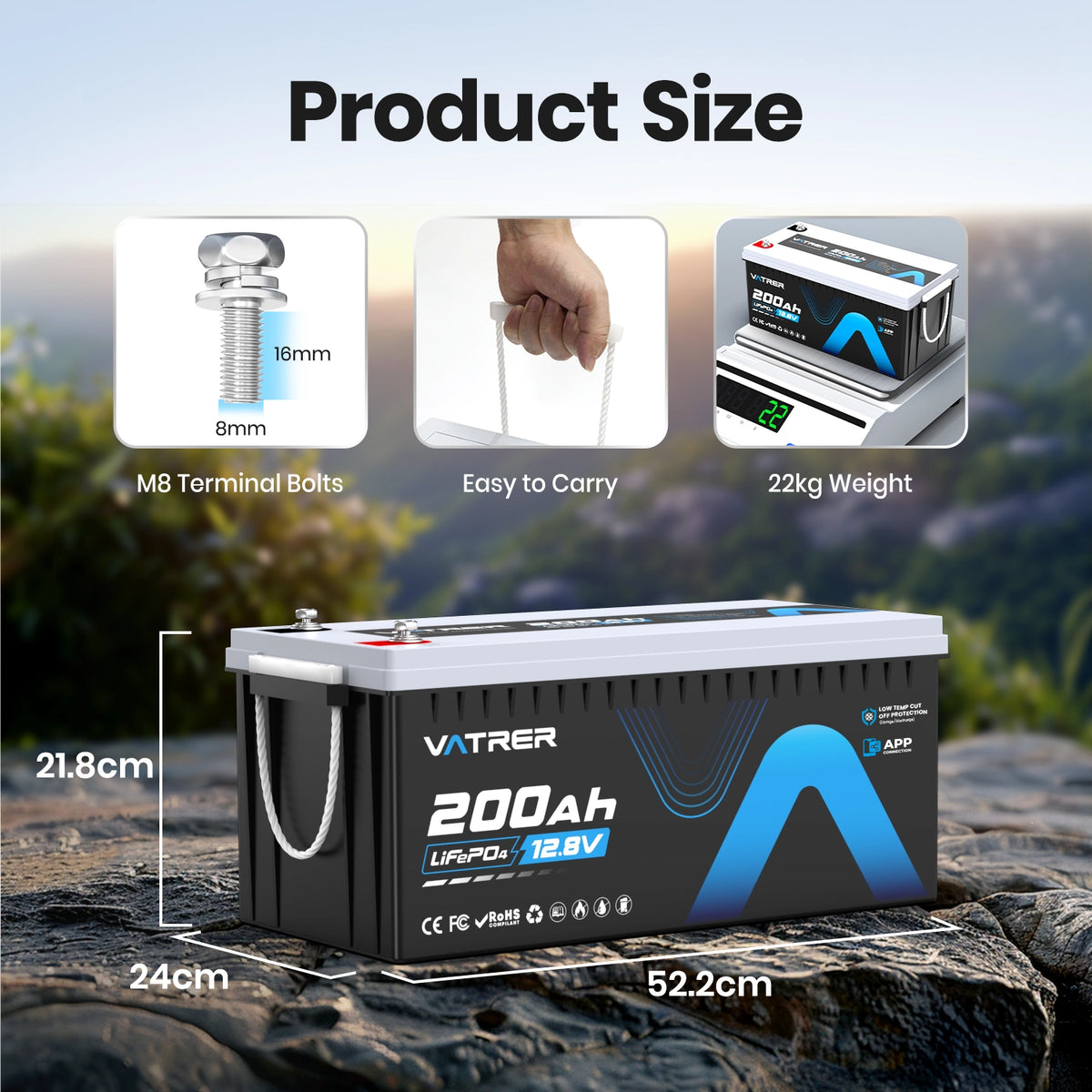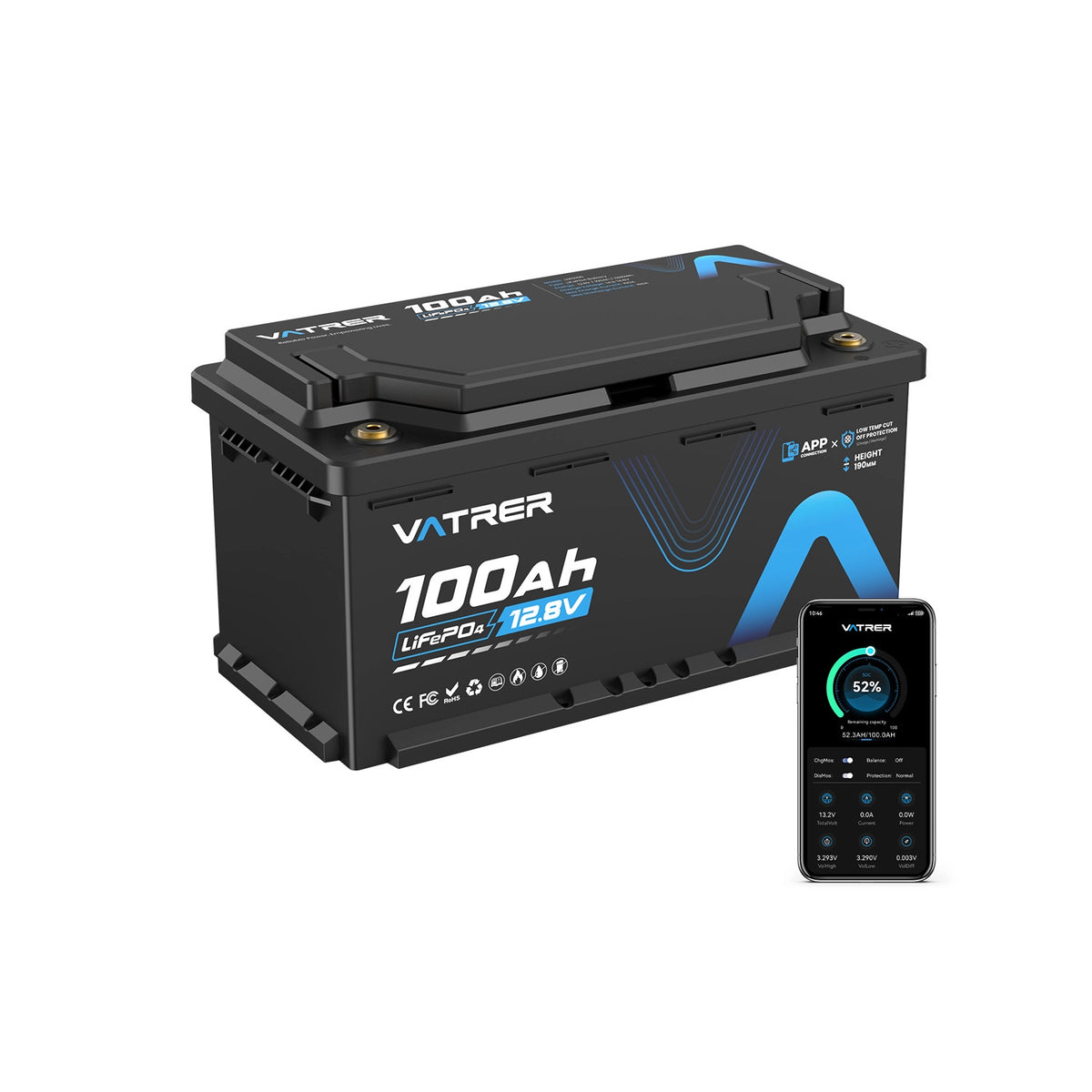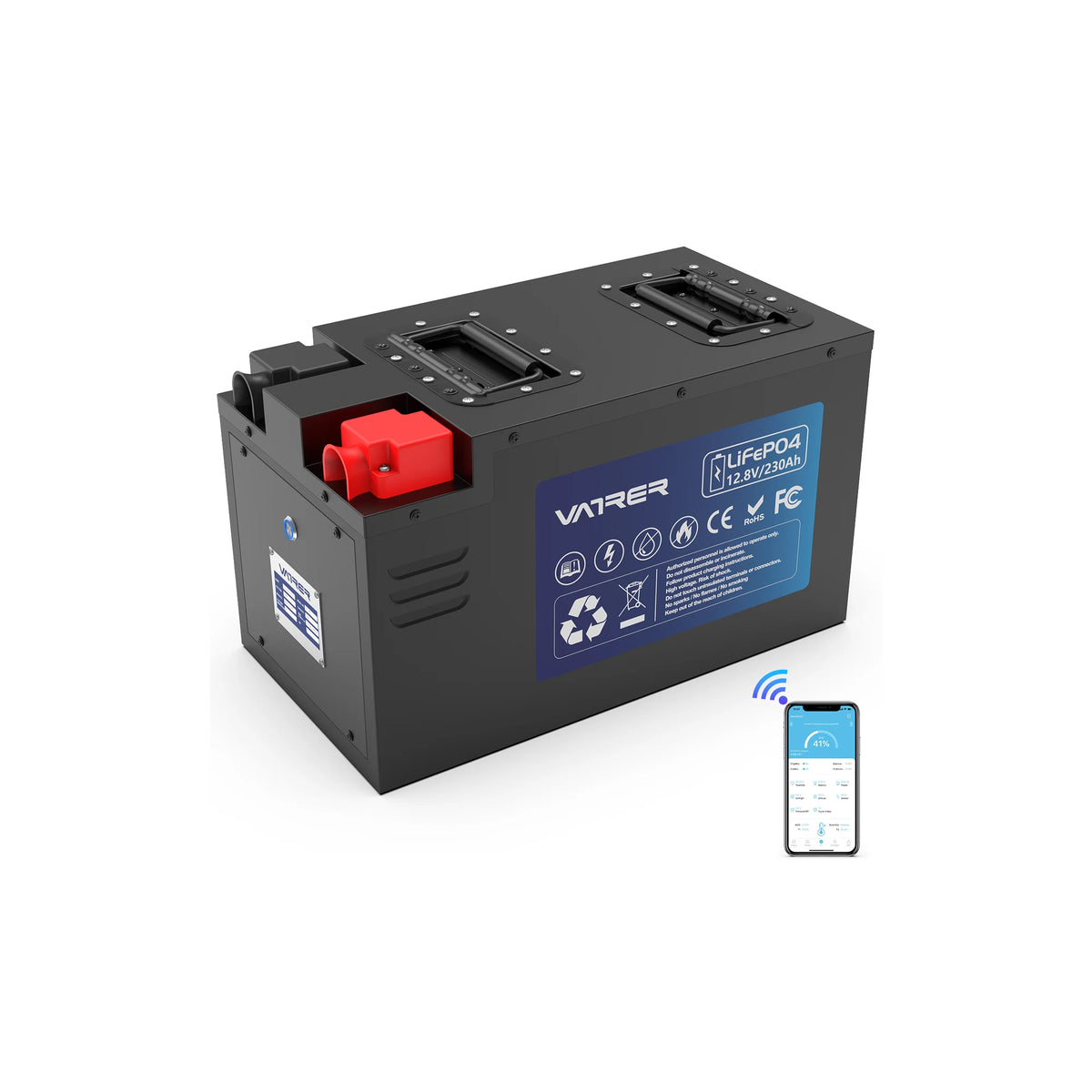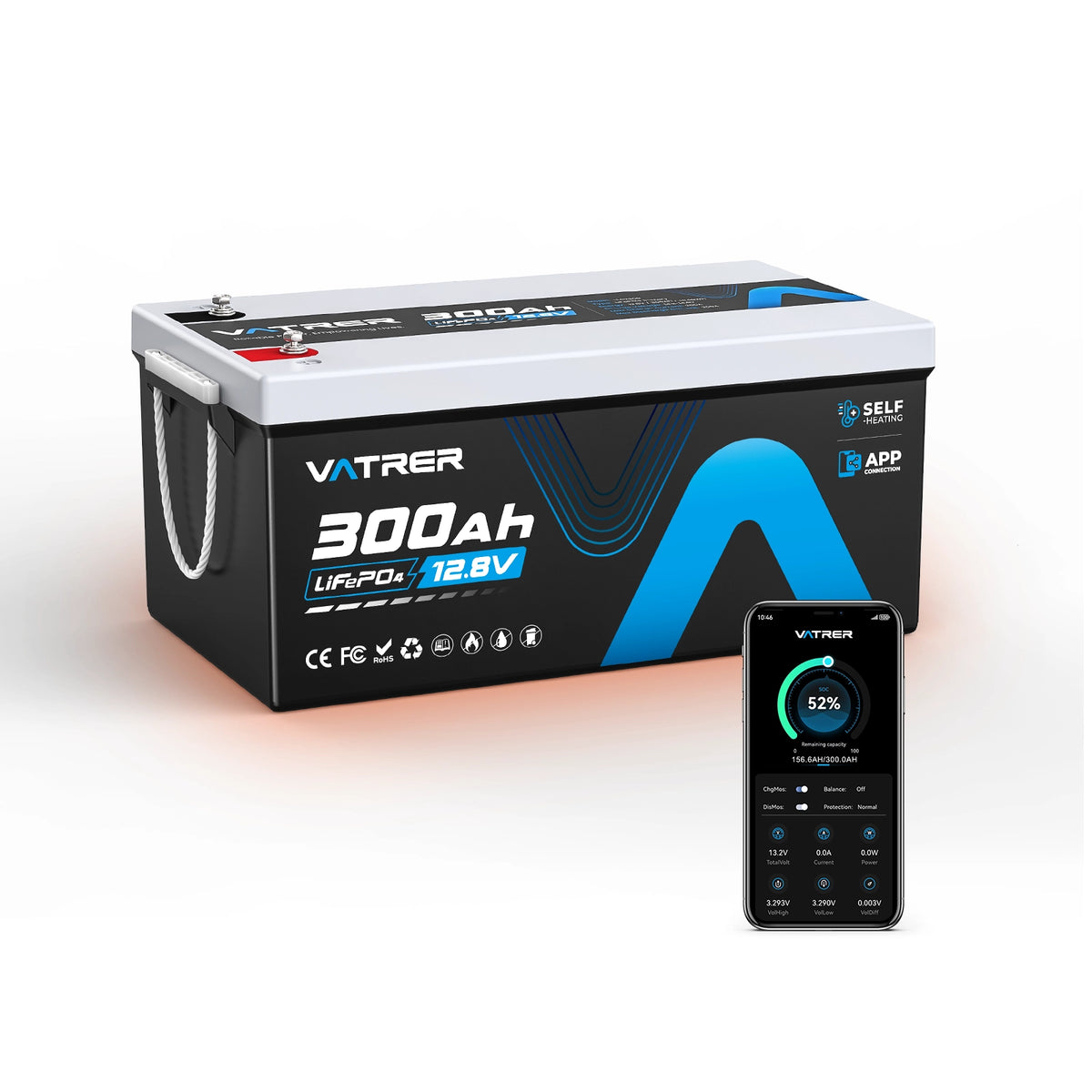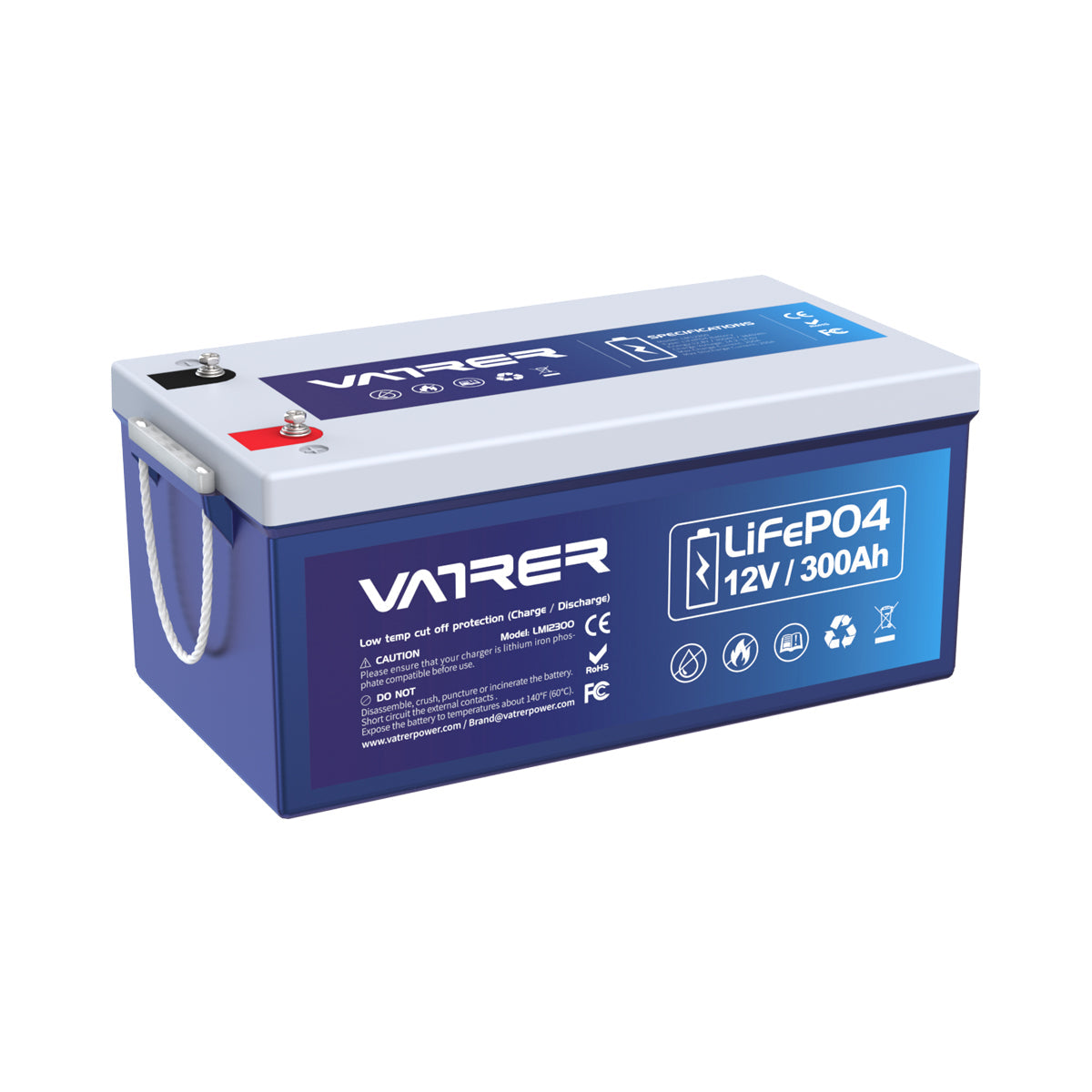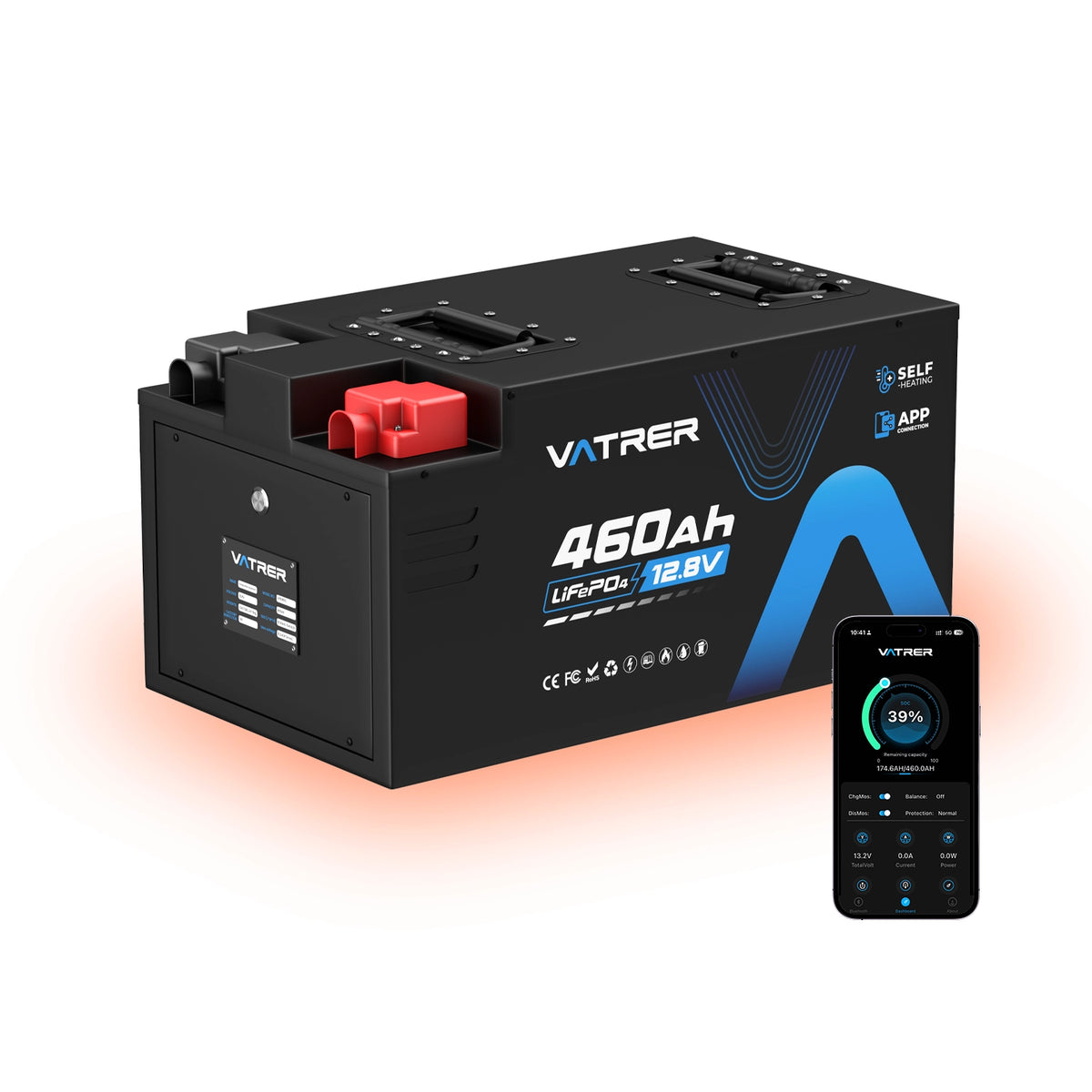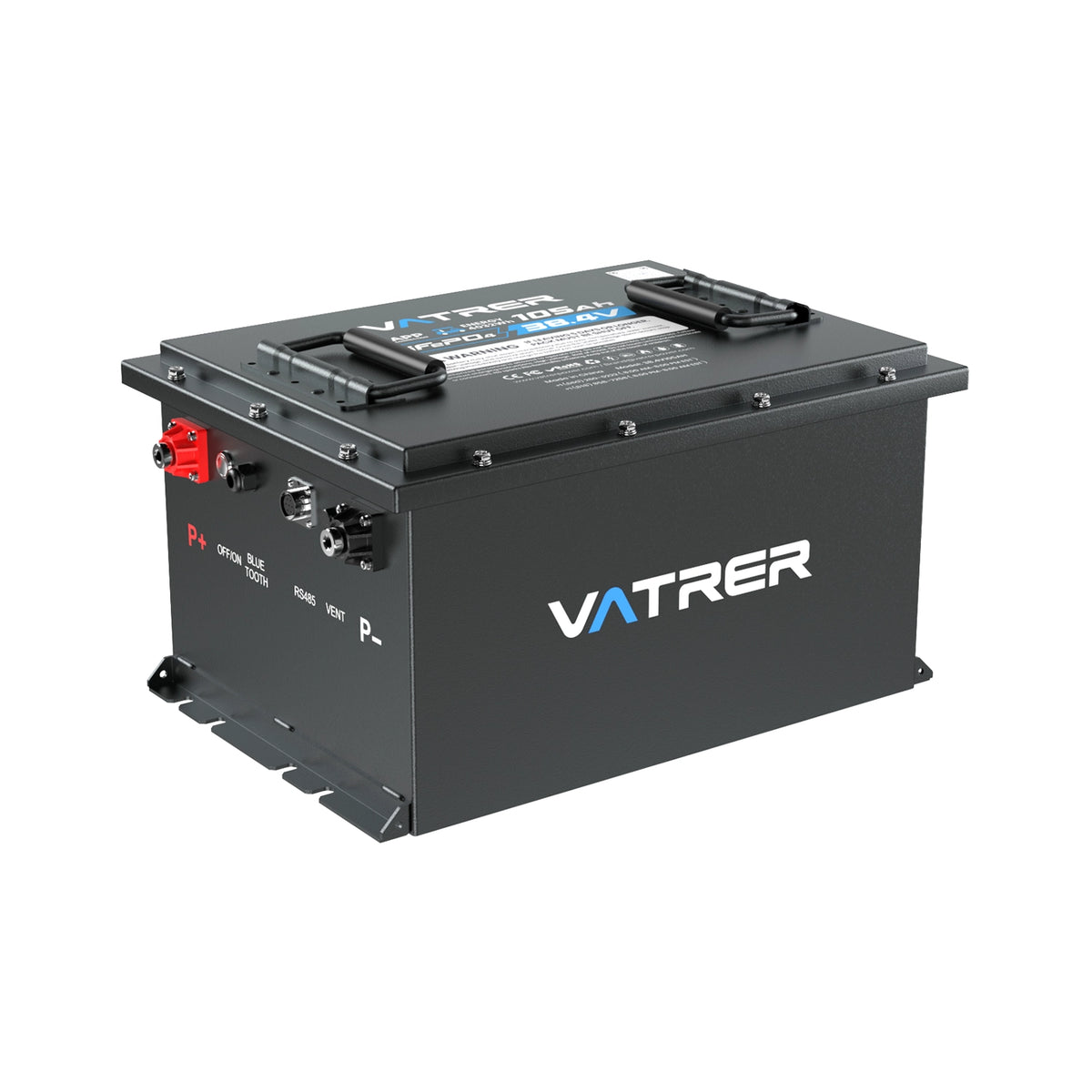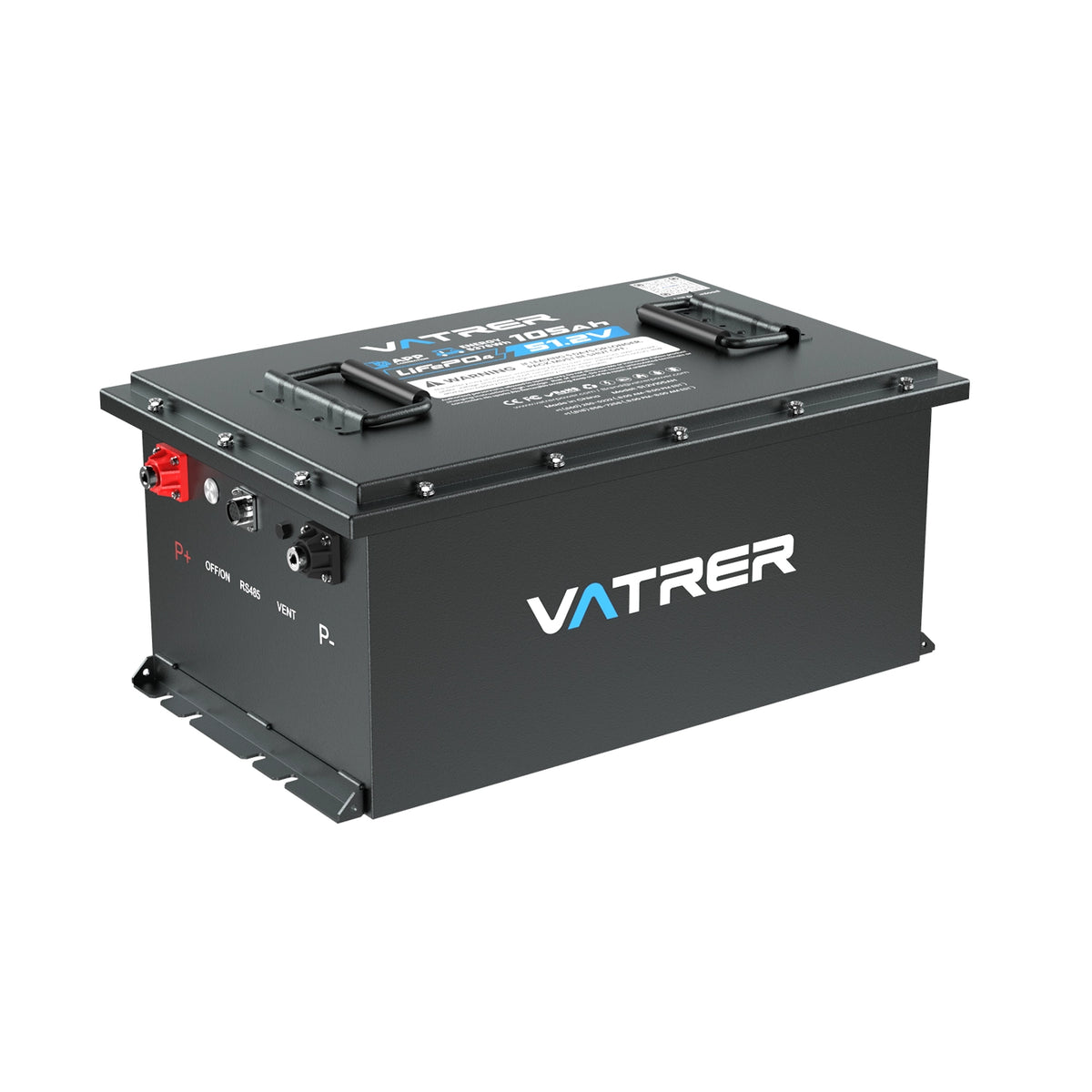Table of Contents
- Understanding Lithium Battery Technology
- Common Reasons for Charging Issues
- 1. Faulty Charger
- 2. Battery Age and Degradation
- 3. Connection Issues
- 4. Software or Firmware Glitches
- Troubleshooting Steps
- Step 1: Inspect the Charger and Cables
- Step 2: Examine the Battery
- Step 3: Clean Connections
- Step 4: Update Device Software
- Solutions for Charging Problems
- Conclusion
Lithium batteries are widely used in various devices due to their efficiency and longevity. However, encountering issues with charging can be frustrating. In this article, we will explore the common reasons why lithium batteries may not charge, along with effective troubleshooting steps and solutions.
Understanding Lithium Battery Technology
Lithium batteries operate on the principle of lithium-ion movement between the anode and cathode. This section will delve into the components and chemistry that make lithium batteries efficient and reliable.
Key Components of Lithium Batteries
-
Anode: Typically made of graphite, it stores lithium ions during charging.
-
Cathode: Often composed of lithium metal oxides, it releases lithium ions during discharge.
-
Electrolyte: A lithium salt in a solvent that facilitates ion movement.
-
Separator: Prevents short circuits by keeping the anode and cathode apart.
Diagram: Lithium Battery Structure

Common Reasons for Charging Issues
Identifying the root cause of charging problems is crucial for effective resolution. Here are the most common reasons why lithium batteries may not charge:
1. Faulty Charger
A malfunctioning charger can prevent the battery from receiving power. Check for:
- Physical Damage: Inspect the charger for frayed wires or broken connectors.
- Compatibility: Ensure the charger is compatible with the battery specifications.
2. Battery Age and Degradation
Lithium batteries have a finite lifespan. Over time, their capacity diminishes due to:
- Cycle Count: Each charge and discharge cycle contributes to wear.
- Environmental Factors: Extreme temperatures can accelerate degradation.
3. Connection Issues
Loose or corroded connections can hinder charging. Ensure:
- Clean Contacts: Remove any dirt or corrosion from the battery terminals.
- Secure Connections: Check that all connections are tight and secure.
4. Software or Firmware Glitches
Sometimes, the device's software may prevent charging. Consider:
- Updates: Ensure the device firmware is up to date.
- Resetting the Device: A simple reset can resolve temporary glitches.
Troubleshooting Steps
If your lithium battery is not charging, follow these troubleshooting steps to identify and resolve the issue.
Step 1: Inspect the Charger and Cables
- Test with Another Charger: Use a different charger to determine if the original is faulty.
- Check Cable Integrity: Look for any signs of wear or damage.
Step 2: Examine the Battery
- Check for Swelling: A swollen battery indicates internal damage and should be replaced.
- Measure Voltage: Use a multimeter to check the battery voltage against its rated voltage.
Step 3: Clean Connections
- Use Isopropyl Alcohol: Clean the battery terminals and connectors with a cotton swab dipped in isopropyl alcohol.
- Ensure Proper Fit: Make sure the battery is seated correctly in its compartment.
Step 4: Update Device Software
- Check for Updates: Navigate to the settings menu and look for software updates.
- Perform a Factory Reset: If issues persist, consider resetting the device to factory settings.
Solutions for Charging Problems
If troubleshooting does not resolve the issue, consider the following solutions:
Replace the Charger
If the charger is determined to be faulty, purchasing a new, compatible charger is essential.
Battery Replacement
For batteries that are old or degraded, replacing the battery is often the best solution. Ensure to choose a high-quality replacement to maintain device performance.
Professional Repair Services
If the problem persists, seeking professional help may be necessary. Technicians can diagnose and repair underlying issues that may not be apparent.
Conclusion
Understanding the reasons behind lithium battery charging issues and following systematic troubleshooting steps can help resolve most problems. By ensuring proper maintenance and timely replacements, users can extend the lifespan of their lithium batteries and enjoy uninterrupted performance.
For further assistance, consider consulting the manufacturer's guidelines or seeking professional help to ensure optimal battery health and performance.







